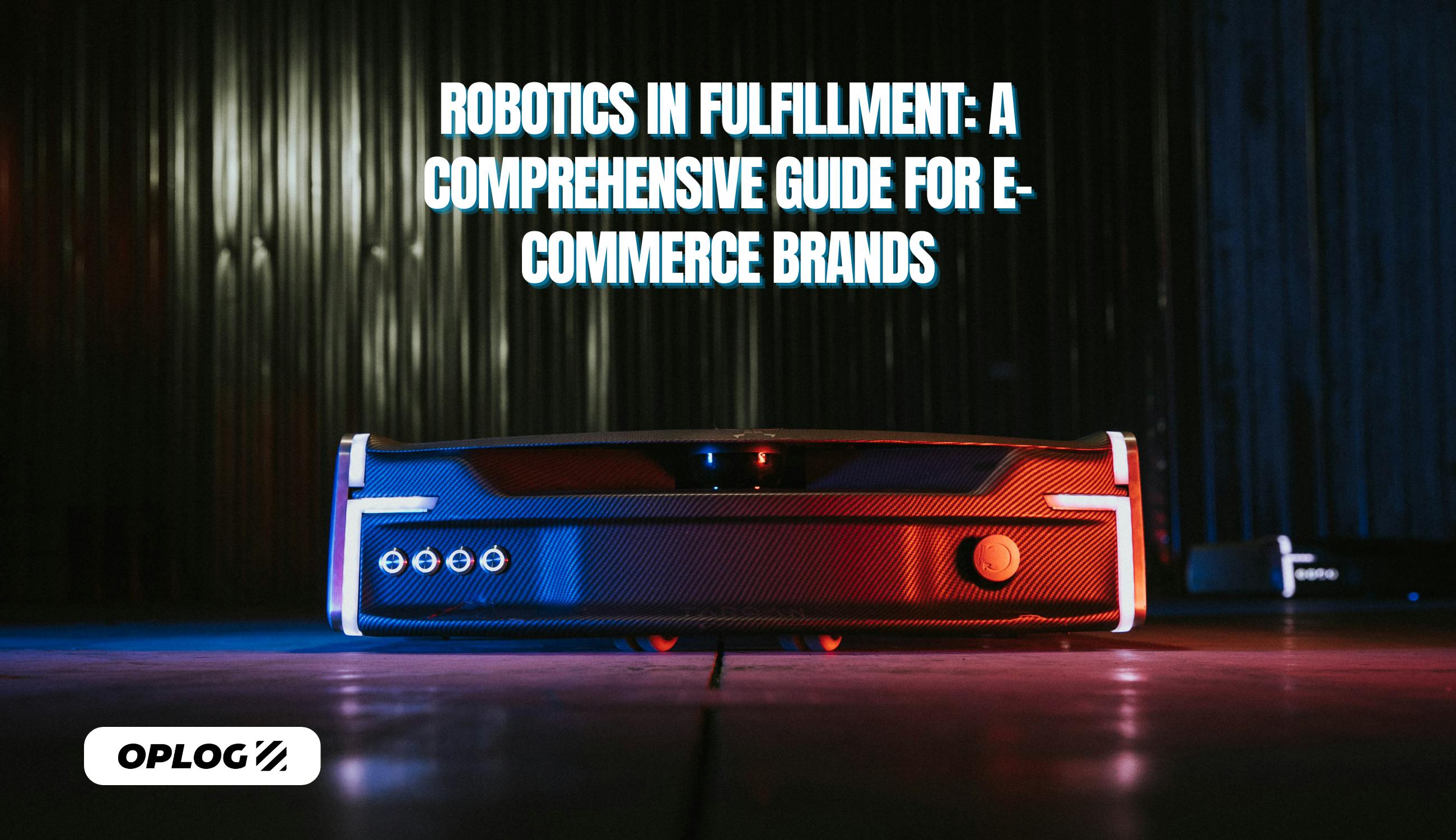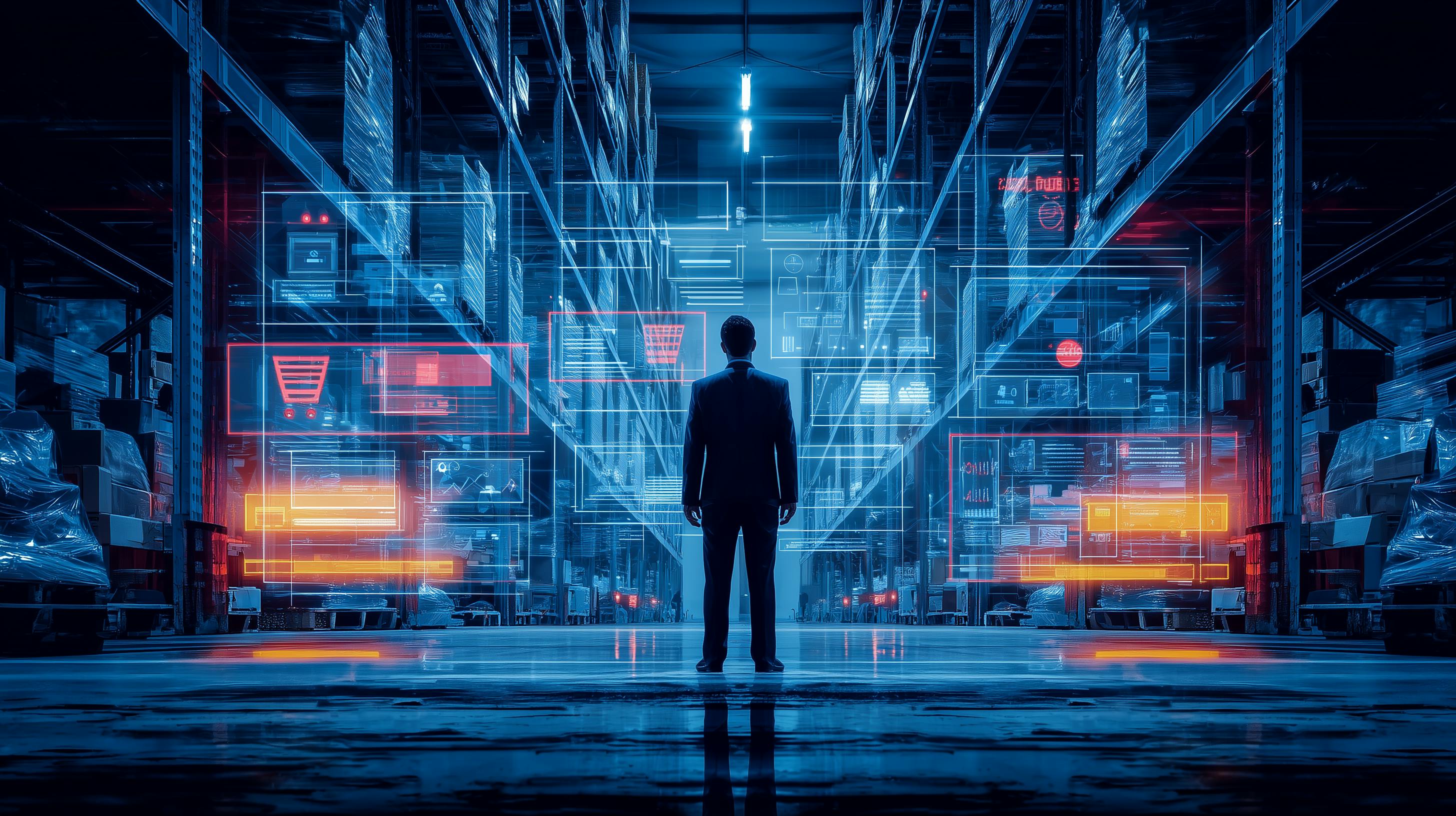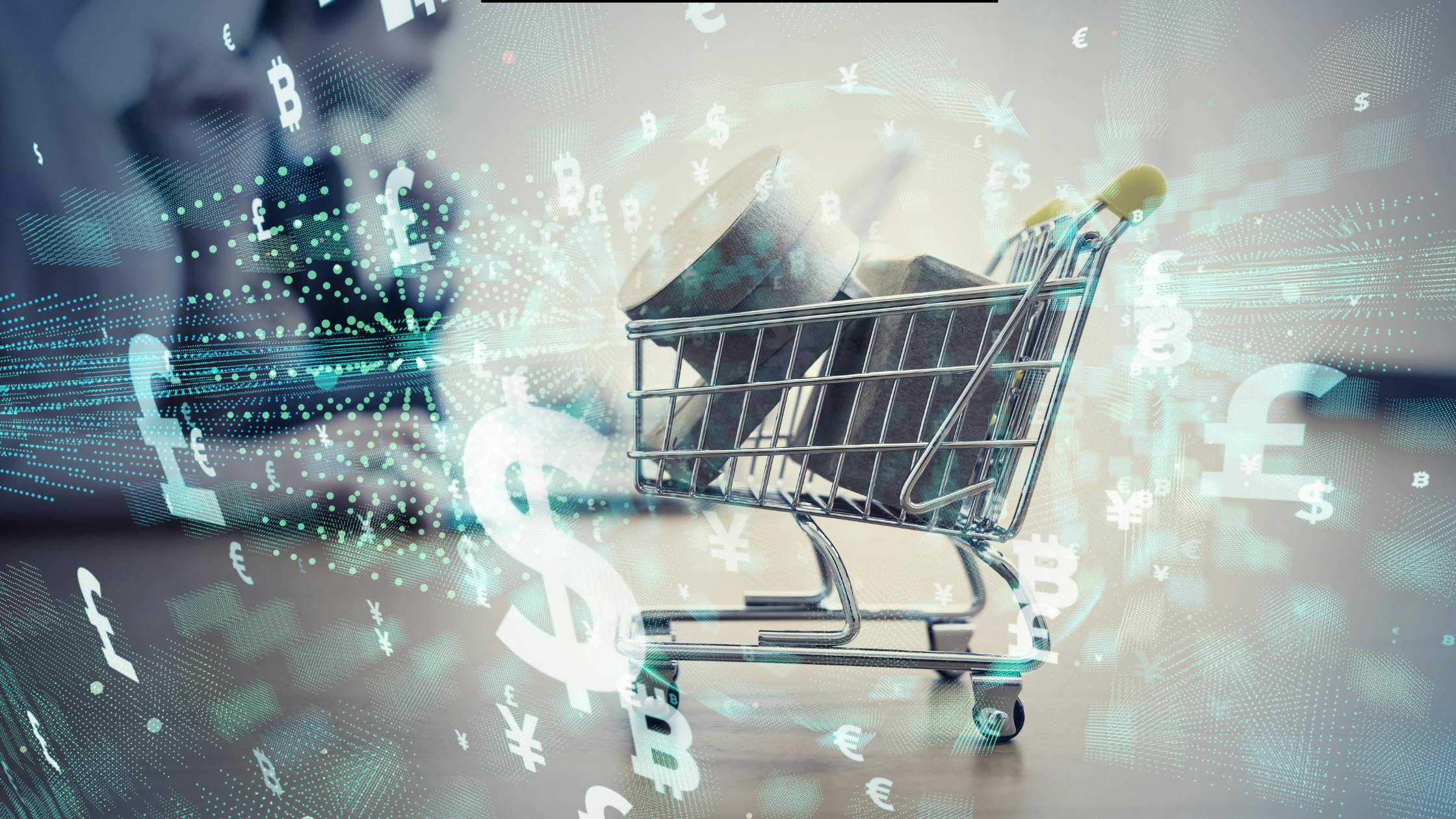The European e-commerce landscape is not just growing; it's a juggernaut reshaping global commerce. With this relentless expansion, consumer expectations for speed, precision, and a seamless post-purchase experience have become the new standard. For ambitious e-commerce brands, this new reality presents a formidable set of challenges: persistent labor shortages, skyrocketing warehouse real estate costs, and the immense operational pressure of seasonal peaks. The traditional warehousing model, a relic of a simpler retail era, is fundamentally broken.
For today's leading brands, the question is no longer if they should innovate, but how fast and how effectively they can build a resilient, intelligent supply chain. The answer lies not in working harder, but in building smarter. This is where Artificial Intelligence (AI) and robotics are stepping in to completely redefine the heart of e-commerce: the fulfillment center.
The strategic shift is undeniable. In fact, market analysis from industry leaders like McKinsey highlights that automation is no longer a luxury but a necessity for survival and growth. But what does this revolution truly look like on the ground floor, and how does it empower brands to not just compete, but to dominate their markets?
The Great Evolution: From Manual Warehouse to Intelligent Fulfillment Center
To appreciate the scale of this transformation, we must first understand the journey from a past defined by manual processes to a future powered by intelligent automation.
Traditional Warehousing: The Era of Manual Labor
Originally, warehouses functioned as static storage facilities. Their primary purpose was to hold goods until shipment, with operations relying almost entirely on manual labor for inventory handling, order picking, and packaging. This approach, limited by human speed and prone to error, created significant bottlenecks, especially during peak demand. Inventory systems were often paper-based or used simple databases, leading to delays and inaccuracies. This siloed, reactive model was simply not built for the speed of modern e-commerce.
The E-commerce Catalyst: Rise of the Modern Fulfillment Hub
The explosion of online shopping fundamentally reshaped facility design. Unlike traditional warehouses dealing with large, infrequent pallet shipments, a modern fulfillment center is engineered for a high volume of small, multi-item orders, each with a unique destination. Velocity, accuracy, and flexibility became the new pillars of success. To truly grasp the operational shift and core functions, it's essential to understand what defines an e-commerce fulfillment center in today's world. This is the new battleground where customer loyalty is won or lost.
The AI Brain: The Central Nervous System of Modern Fulfillment
While robots are the visible muscle of automation, the true power lies in the AI-driven software that acts as the central nervous system of the fulfillment center. This "brain" analyzes millions of data points in real-time to make predictive decisions that optimize efficiency and minimize errors. At OPLOG, this intelligence is the core of our proprietary Warehouse Management System (WMS), creating a unified and predictive ecosystem.
Key AI applications include:
- Predictive Demand & Inventory Management: Advanced AI models go beyond historical sales data. They analyze market trends, upcoming holidays, planned marketing campaigns, and even social media sentiment to create a hyper-accurate demand forecast. This allows for proactive inventory allocation across a network of fulfillment centers, ensuring products are always close to the end customer, ready to ship instantly.
- Real-Time Auditing and Smart Slotting: AI-powered systems and autonomous robots can conduct real-time inventory auditing, eliminating the need for disruptive manual cycle counts. This constant stream of accurate data feeds the AI's "smart slotting" algorithms. These algorithms determine the most efficient location for every item, considering not just its sales velocity but also its dimensions and co-purchase patterns. For instance, the system knows which products are frequently bought together and places them strategically to minimize picker travel time, shaving precious seconds off every order you pack.
The Robotic Workforce: Redefining How You Pack and Ship
This is where intelligence meets powerful physical action. A fleet of robotic in fulfillment solutions works in harmony with human teams to execute tasks with superhuman speed and precision. This is a collaborative model designed to empower the workforce by automating the most repetitive and physically strenuous tasks.
- Autonomous Mobile Robots (AMRs) for Goods-to-Person Picking: Forget warehouse workers walking miles of aisles each day. At OPLOG, we utilize the "goods-to-person" model powered by AMRs. These smart, self-navigating robots bring entire shelves of products directly to a stationary human picker. This not only increases picking productivity by up to 300% but also dramatically reduces worker fatigue and creates a safer, more ergonomic work environment. It allows our team members to focus on higher-value tasks like quality control.
- Robotic Sorting for Flawless Shipping: Once an order is packed, the next bottleneck is often sorting for shipment. High-speed robotic sorters can process thousands of packages per hour, reading labels and automatically diverting them to the correct outbound carrier lane. This level of speed and accuracy is the core technology that enables demanding services like same-day delivery at scale.
- AI-Powered Vision for Quality Control: To further reduce human error, AI-powered vision systems can be deployed. These cameras can scan the contents of an open box before it's sealed to verify that the items and quantities are 100% correct. This simple check drastically reduces costly picking errors, leading to happier customers and a more efficient returns process.

Improving the Customer Experience Through Intelligent Fulfillment
Ultimately, every piece of technology in a fulfillment center must serve one primary goal: creating a superior experience for the end customer.
- Unlocking Unprecedented Speed: By optimizing every step from inventory placement to the final sort, the combination of AI and robotics dramatically reduces the "order cycle time." This means the time from a customer clicking "buy" to their order being ready to ship can be reduced from hours to mere minutes.
- Achieving Near-Perfect Order Accuracy: Manual picking errors lead to costly returns, negative reviews, and eroded customer trust. By automating picking, sorting, and quality checks, a robotic in fulfillment operation can achieve accuracy rates exceeding 99.9%, ensuring customers get exactly what they ordered, every time.
- Seamless Returns: Turning a Problem into a Loyalty-Builder: A fast and easy returns process is crucial for customer retention. An automated system can process returned goods with the same efficiency as outbound orders. This is a vital component of a modern returns management strategy, getting products inspected and back into sellable stock in record time.
Overcoming the Hurdles: The OPLOG Partnership Model
While the benefits are clear, adopting this level of automation presents significant challenges for individual businesses: prohibitive upfront capital investment, complex systems integration, and the need for a specialized workforce.
This is precisely the problem OPLOG was built to solve. We offer a Fulfillment-as-a-Service model that eliminates these barriers. Our partners don't need to invest millions in robotics or hire teams of AI engineers. They plug directly into our pre-built, fully integrated network of automated fulfillment centers. Whether leveraging a strategically placed dark store for ultra-fast urban delivery or our larger regional hubs, brands that partner with OPLOG gain an immediate competitive advantage.
Conclusion: Your Future in Fulfillment is Automated and Accessible
The message for every ambitious e-commerce brand is clear: the future will be won by those who can deliver products faster, more accurately, and more efficiently than ever before. AI and robotics are no longer futuristic concepts; they are the essential, proven tools for achieving competitive dominance today.
By leveraging a tech-forward fulfillment partner like OPLOG, you transform your logistics from a capital-intensive cost center into a flexible, powerful growth engine. You bypass the risk and complexity of automation and gain the ability to scale fearlessly, allowing you to focus on what you do best: building and marketing your incredible brand.
Ready to see how our automated fulfillment center network can help you scale beyond the box? Contact an OPLOG expert today.





